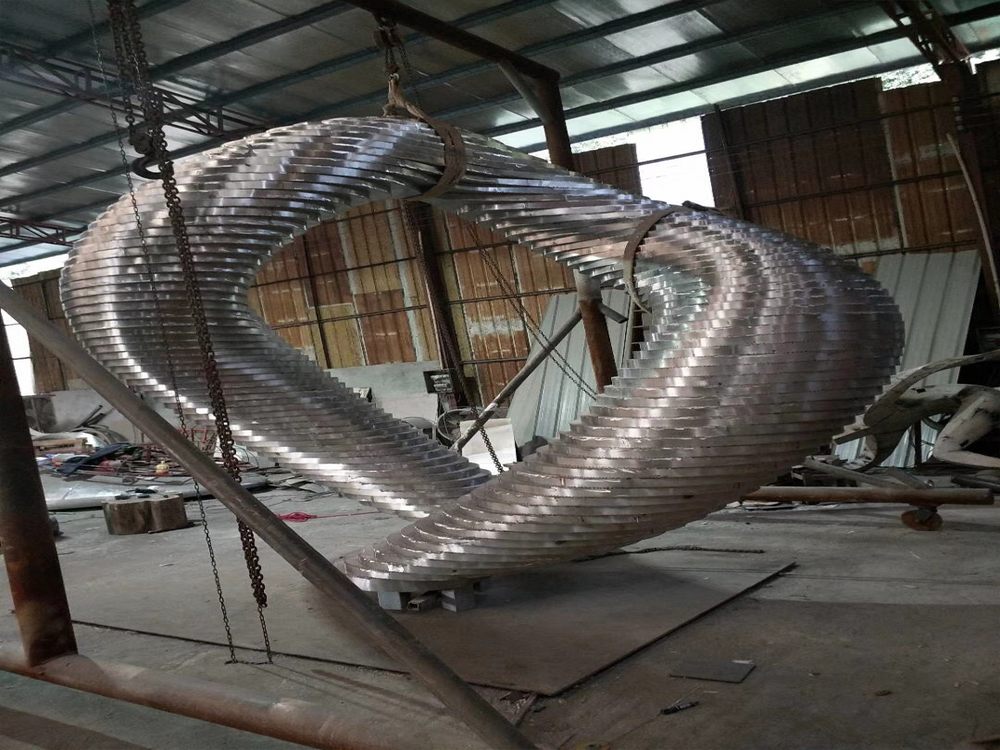
Artists have long relied on innovative techniques to bring stone sculptures to life, and one of the most intriguing methods involves the use of light-absorbing finishes. These specialized treatments alter how stone interacts with light, creating dramatic contrasts and emphasizing textures that might otherwise go unnoticed.
By applying matte or dark-toned finishes, sculptors can manipulate light absorption to deepen shadows and enhance the three-dimensional quality of their work. This technique is particularly effective for highlighting intricate details, such as facial expressions in figurative pieces or the organic flow of abstract forms. The finish essentially becomes part of the sculpture's visual language, guiding the viewer's eye and creating emotional impact.
Contemporary artists often experiment with combinations of absorbing and reflective finishes to play with perception. A single sculpture might feature light-absorbing areas that recede visually alongside polished sections that catch the light, producing a dynamic interplay that changes with the viewer's perspective. This approach transforms static stone into what appears to be a living, breathing artwork.
The choice of finish also affects how sculptures interact with their environment. In outdoor installations, light-absorbing finishes can help artworks maintain their visual presence under varying daylight conditions, while indoor pieces benefit from controlled lighting that accentuates the artist's intended effects.
Ultimately, these finishes represent more than just surface treatment—they're a sophisticated tool that allows sculptors to shape not just stone, but light itself, crafting experiences that linger in the memory long after the viewer walks away.

